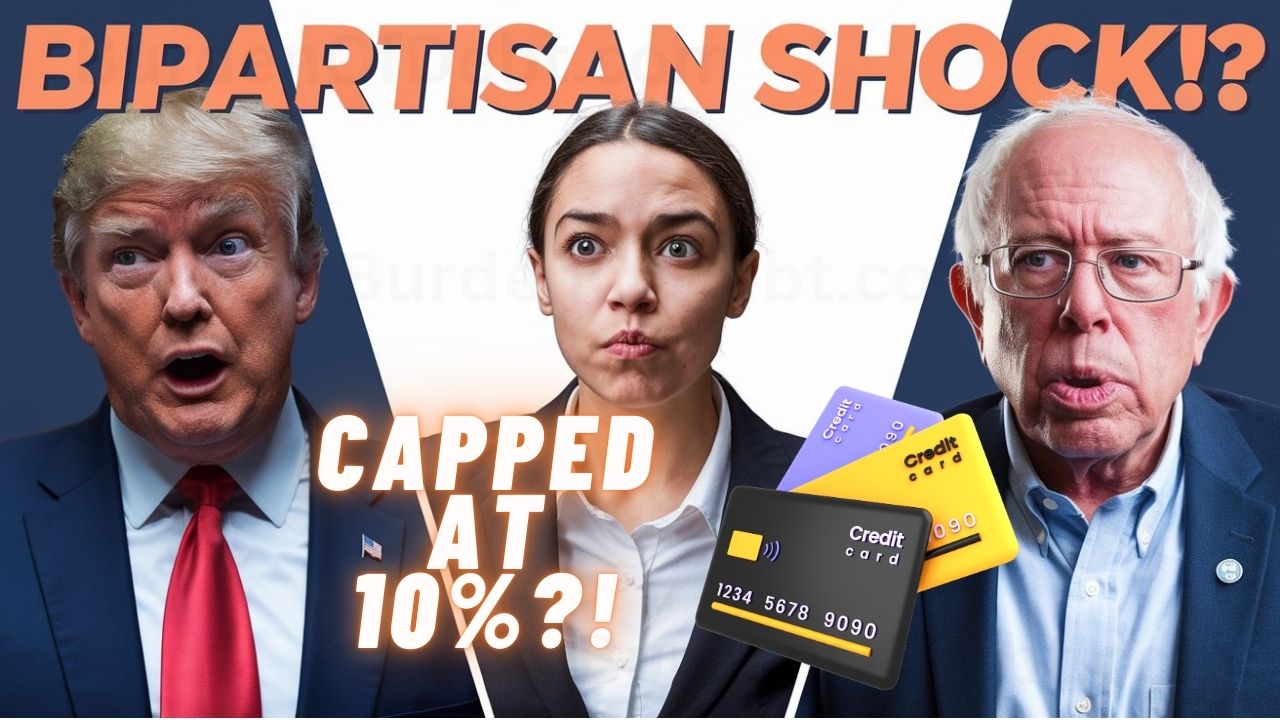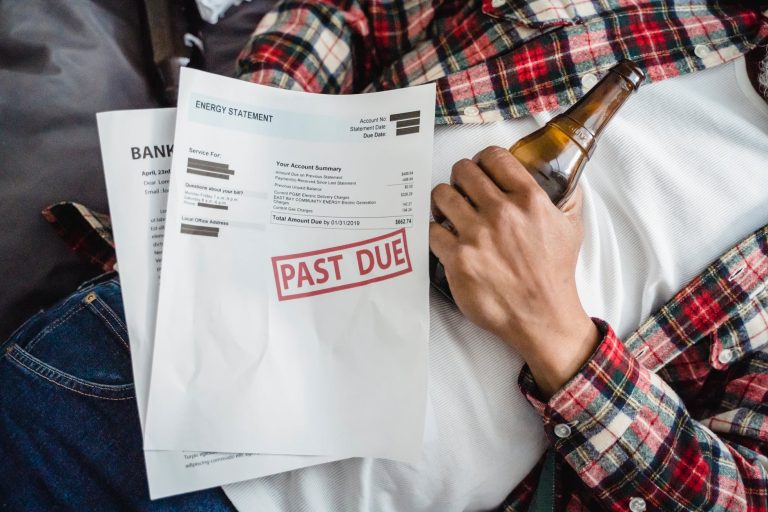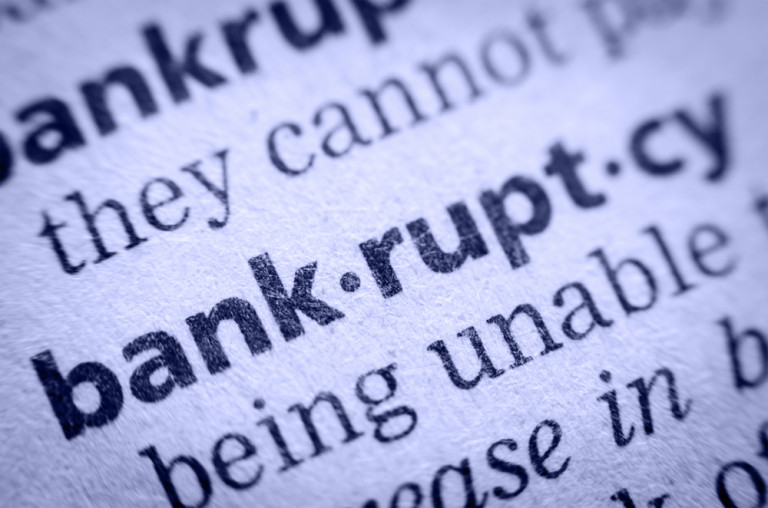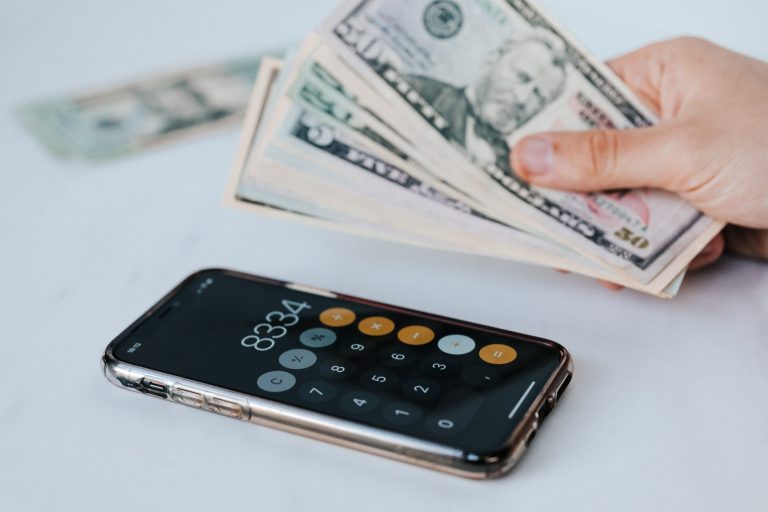Should Credit Card Interest Rates Be Capped? A Deep Dive Into the 10% APR Debate
Understanding Credit Card Interest Rates
What Is a Credit Card Interest Rate?
Ever felt like your credit card balance is stuck in quicksand, no matter how much you pay? That’s because of interest rates, the silent killer of financial freedom. When you carry a balance, the bank doesn’t just ask for the money back—they charge you extra for the privilege. That extra? It’s called APR (Annual Percentage Rate), and it’s how credit card companies make their billions.
APR isn’t just one flat number. There’s the purchase APR, the cash advance APR, the penalty APR—all of which can turn a small balance into a financial monster if left unchecked. Right now, the average credit card APR sits north of 21%, but lawmakers are pushing for a 10% cap to stop the madness. If this happens, it could change everything. But before we dive into whether that’s a good or bad idea, let’s break down how these rates work.
How Are Credit Card APRs Calculated?
Most people assume their APR is some random number the bank picks. Wrong. It’s all about risk and reward. Banks don’t lend money for fun—they want a return on investment. That’s why they charge high interest rates, especially for people with low credit scores.
Here’s how they decide what rate you get:
- Your Credit Score: The higher your score, the lower your APR. Simple.
- Prime Rate: Banks base their interest rates on what the Federal Reserve sets as the prime rate. When the Fed hikes rates, your APR follows.
- Risk Assessment: If you’ve missed payments before, expect to pay more. Banks hedge their bets against potential losses.
- Type of Transaction: A cash advance will always have a higher APR than a standard purchase. Why? Because banks know that if you’re withdrawing cash, you probably need it badly.
Let’s do some real math. If you have a $5,000 balance at a 21% APR, you’re paying over $1,000 a year in interest just for keeping that balance. Slash that APR to 10%, and you’d save over $500 annually. That’s money back in your pocket instead of the bank’s.
The History of Credit Card Interest Rates in the U.S.
Interest rates haven’t always been this wild. Back in the 1980s, you could find credit card APRs as low as 12%. Fast forward to the 2000s, and rates started creeping up as banks realized they could push the limits without much regulation. Today, with inflation and sky-high Federal Reserve rates, consumers are getting hit harder than ever.
Over the decades, the government has tried to step in. The Credit CARD Act of 2009 stopped banks from slapping on unfair fees and random interest hikes. But when it comes to actual interest rates? No real regulation exists. That’s exactly why the debate over capping APRs at 10% is gaining traction.
The big question is—would this cap actually help consumers, or would it backfire by making credit harder to get? We’ll break that down next.
The Proposal to Cap Credit Card Interest Rates at 10%
The Politicians Behind the Credit Card APR Cap
Picture this—AOC, Bernie Sanders, and Donald Trump agreeing on something. Sounds impossible, right? But here we are. These political heavyweights, along with Josh Hawley and Anna Paulina Luna, are pushing for a 10% credit card APR cap.
Why? Because consumers are drowning in high-interest debt, and banks are making record profits. Credit card companies argue that rates are high because of risk. But with default rates lower than expected, many believe banks are simply overcharging.
Why Is There a Push for a 10% Interest Rate Cap?
Here’s the reality—credit card interest rates have become unsustainable. Banks justify high APRs by pointing to inflation and risk, but their profit margins have never been higher. The cost of borrowing has skyrocketed, and everyday Americans are paying the price.
A few key reasons this bill is gaining traction:
- Record-high consumer debt – Americans hold over $1 trillion in credit card debt.
- APR inflation – The average interest rate has jumped from 14.7% in 2020 to over 21% today.
- Bipartisan momentum – The left sees it as consumer protection. The right sees it as limiting corporate greed.
What This Cap Would Mean for Credit Card Companies
If banks can’t charge more than 10% APR, something has to give. They aren’t going to simply accept lower profits. Instead, they will adjust their business models.
Here’s what could happen:
- Stricter credit requirements – Low-income or high-risk borrowers may struggle to get approved.
- More annual fees – Banks could introduce mandatory fees to offset the lower interest.
- Fewer rewards programs – Say goodbye to cash-back perks and airline miles.
How It Could Impact Credit Card Holders
For the average consumer, a 10% cap sounds amazing. Lower interest means faster debt payoff and more financial freedom. But there’s a catch—
- If you have a high credit score, you win. Your interest drops, and you keep your benefits.
- If you have bad credit, banks may stop offering you credit altogether.
- More hidden fees could creep in to replace lost revenue.
The key question is: Will capping interest rates help consumers, or will it limit access to credit? That’s what we’ll explore next.

The Pros and Cons of Capping Credit Card Interest Rates
The Benefits of a Credit Card Interest Rate Cap
A 10% cap on credit card interest rates could be a game changer for millions of Americans buried in debt. By slashing APRs, borrowers could pay off balances faster and save thousands in interest over time.
Key benefits include:
- Lower Interest Payments – A $5,000 balance at 21% APR costs about $1,050 in annual interest. With a 10% cap, that drops to $500 or less.
- Debt Becomes More Manageable – With less interest piling up, borrowers can finally make real progress on their balances.
- Eliminates Predatory Lending Practices – Some credit card companies exploit low-income borrowers with APRs that exceed 30%.
The Drawbacks of a Credit Card Interest Rate Cap
As good as it sounds, forcing banks to lower APRs comes with risks. If banks can’t charge high interest, they’ll find other ways to profit—and those alternatives could hurt consumers.
Potential downsides include:
- Stricter Lending Requirements – Banks may deny credit to riskier borrowers who need it most.
- More Hidden Fees – Expect higher annual fees, transaction fees, and late payment penalties.
- Fewer Rewards Programs – Say goodbye to cash-back offers and travel points as banks cut costs.
The Debate Over the Right Credit Card Interest Rate Cap
Is a 10% Interest Rate Cap Too Low?
Some argue that 10% is too aggressive. Banks might pull back on lending, forcing high-risk borrowers into worse alternatives like payday loans. Instead, a cap of 15-20% could be a better compromise.
What Experts Say About the Future of Credit Card APR Regulations
Economists suggest gradual regulation rather than hard caps. They advocate for stricter transparency laws and lower penalty APRs rather than a universal cap.
Finding the Right Balance
While a 10% cap could protect consumers, it could also limit credit access. The ideal solution? Balanced regulation that prevents exploitation without eliminating credit options for those who need them most.
© 2015-2023 by burdenofdebt.com, a LIVenture. All rights reserved. No part of this document may be reproduced or transmitted in any form or by any means, electronic, mechanical, photocopying, recording, or otherwise, without prior written permission of LiVentures LLC.






